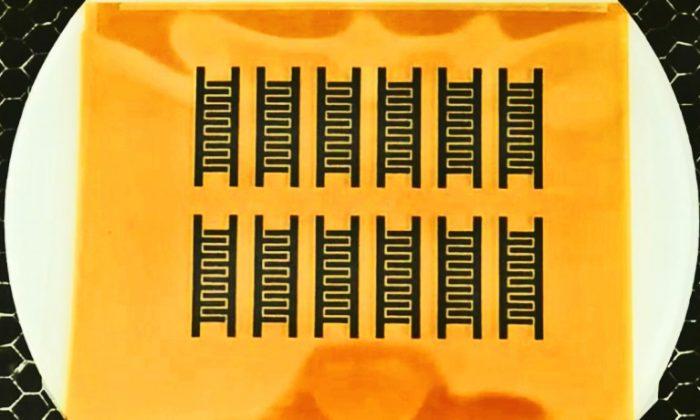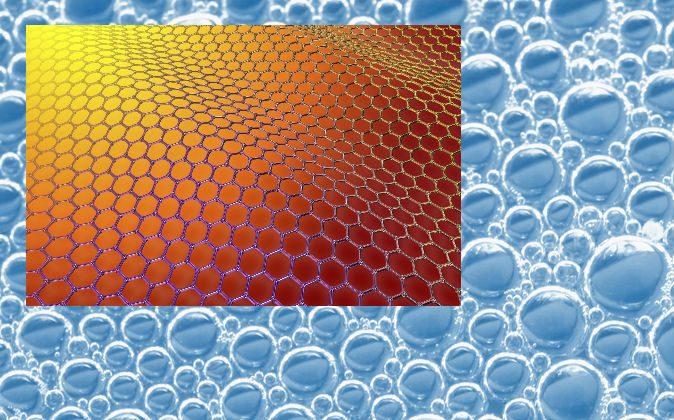National efforts in the last decade to clear the air of dangerous particulate matter have been so successful that most urban areas have already attained the next benchmark, a new study reports.
Atmospheric researchers studied state implementation plans (SIPs) from 23 regions mandated by the Environmental Protection Agency to reduce particulate matter (PM) smaller than 2.5 microns (PM 2.5) to less than 15 micrograms per cubic meter by 2009.
The findings are published in the Journal of the Air and Waste Management Association.
All but one of the regions studied reported they had met the goal by deadline. States with regions that met the deadline included Connecticut, Georgia, Illinois, Indiana, Kentucky, Maryland, Michigan, Missouri, New Jersey, New York, North Carolina, Ohio, Pennsylvania, Tennessee, and West Virginia, as well as the District of Columbia. The final region, Alabama, reported attainment in 2010.
PM 2.5 concentrations in the nonattainment regions that filed SIPs to attain the standard by 2009 declined by an average 2.6 micrograms per cubic meter—significantly greater improvement than in regions that had attained the standard from its inception. The study shows PM reductions in the SIP regions were broadly spread, rather than pinpointed at the most polluted monitors.
No Cherry Picking
“One of the things we were most interested in looking at was to see if states were cherry-picking their measures to meet the standard by reducing pollution at their worst monitors, compared with how much they were doing to bring down levels all across the region so that people were breathing cleaner air,” says Daniel Cohan, associate professor of civil and environmental engineering at Rice University.
“It was encouraging to find that across the country, we have seen overall particulate-matter levels come down. We found very slight extra improvement at monitors that were targeted the most, but regions that had to develop plans achieved pretty solid controls that didn’t just pinpoint the worst monitors. And the large populations of these regions benefited.”
Researchers also documented that air pollution continued to decline even after the 2009 standards were met. The majority of the SIP regions had already attained the mandated 2014 goal of 12 micrograms per cubic meter by 2012.
Substantial Improvements
“We’ve been on a good trajectory,” Cohan says. “This demonstrates that the combination of state and federal controls has been substantially improving air quality in the US.”
Recent stories about the ongoing crisis in Beijing, where particulate matter has reached hazardous levels, and in rapidly industrializing countries such as India set the US efforts in sharp relief, Cohan says. The World Health Organization announced this month that about 7 million people die each year as a result of air pollution exposure.
Particulate matter consists of microscopic particles spewed into the air by vehicles and industry, as well as particles that form from pollutant gases.
“Particulate matter is not a chemical, like ozone; it’s a category, and it’s a real challenge to figure out the origin of those particles,” Cohan says. “Are they sulfates or carbons or nitrates? Each of these needs vastly different control approaches to make a difference.”
Pollution Cleanup Plans
PM also includes natural emissions from plants, volcanoes, forest fires, and desert dust and can be blown across states or even continents.
The health community has long expressed concerns about particulate matter in the atmosphere and determined in the 1990s that PM 2.5 particles can penetrate deeply into the lungs and cause heart attacks, decrease lung function and even cause premature death.
The EPA found healthy people could experience symptoms from exposure to elevated levels of particulate matter and set mandates for regions deemed in 1997 to be in “nonattainment” to file cleanup plans and follow through by 2009.
The National Science Foundation and the NASA Air Quality Applied Sciences Team funded the research.
Source: Rice University. Republished from Futurity.org under Creative Commons License 3.0.





Friends Read Free